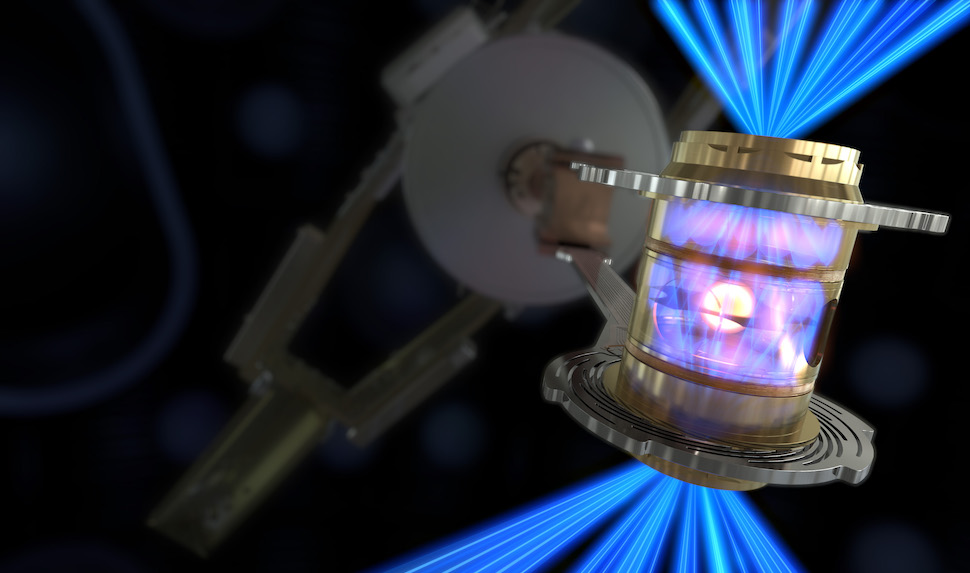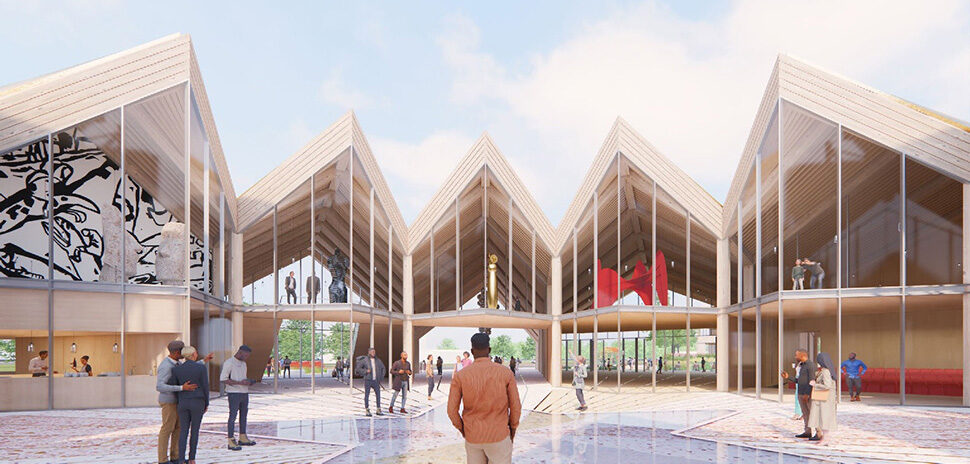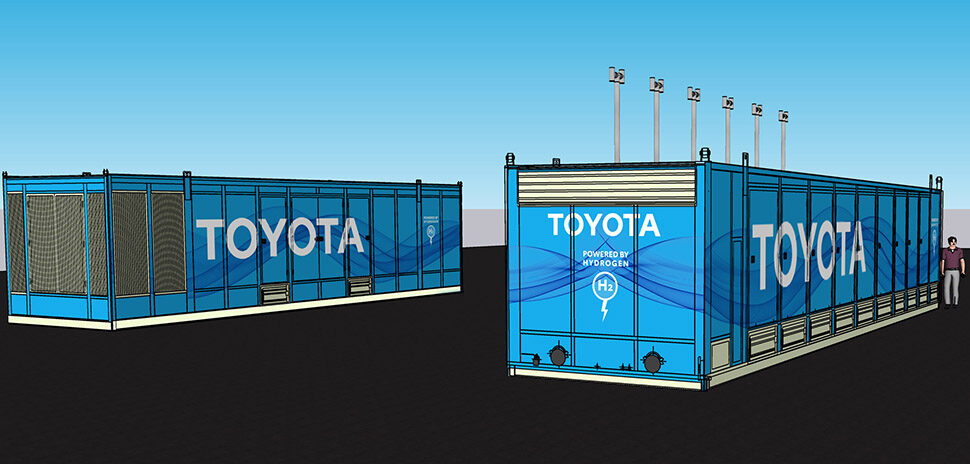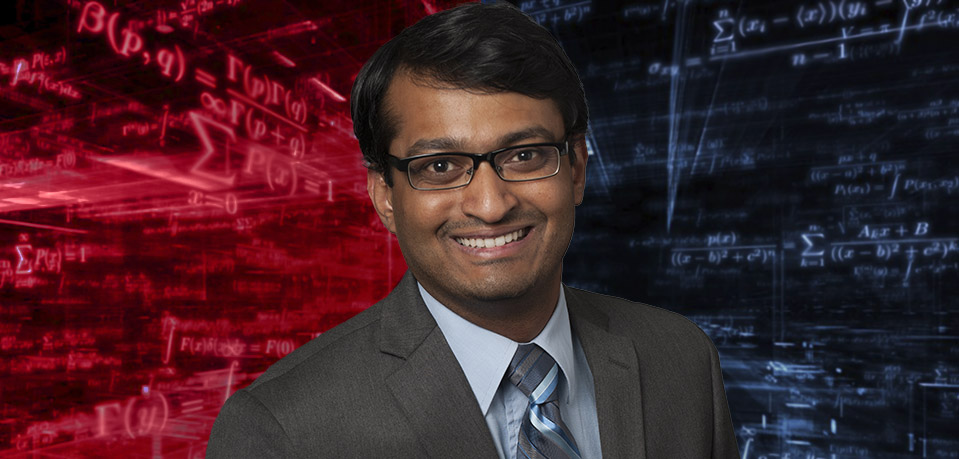Can laser beams light the way to a world-changing future of clean fusion energy? In December, fusion ignition driven by laser energy was achieved at the Lawrence Livermore National Laboratory’s National Ignition Facility. At the time, the laboratory called it “a major scientific breakthrough decades in the making that will pave the way for advancements in national defense and the future of clean power.”
Now Irving-based Fluor Corporation is poised to help make that future happen. The company announced Tuesday that it has signed a memorandum of understanding with California-based Longview Fusion Energy Systems to serve as its engineering and construction partner in designing and planning laser fusion energy for the global energy market.
Powering a small city, the production of hydrogen fuel, and more
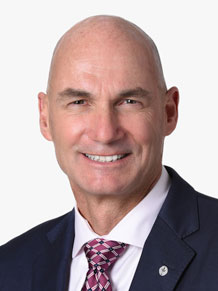
Tom D’Agostino
At full capacity, Longview’s laser fusion power plants are slated to generate 1,000 to 1,600MW of “carbon-free, safe, economical and sustainable energy that can power the needs of a small city or provide process heat or power to drive industrial production of the materials needed for operational necessities like steel, fertilizer, and hydrogen fuel,” Fluor said.
“Fluor is a leader in designing and building solutions to create a sustainable future and our partnership with Longview Fusion Energy Systems builds upon that experience,” Tom D’Agostino, group president of Fluor’s mission solutions business, said in a statement.
“From developing and constructing large-scale energy facilities to designing, building and operating complex chemical processing and innovative industrial projects, our expertise helps clients reduce greenhouse gas emissions, improve energy efficiency and deliver cleaner, decarbonized projects,” D’Agostino added. “We look forward to working with Longview on the mission to demonstrate the feasibility of laser fusion technology and deliver it to the commercial market.”
In its work with Longview, Fluor “will leverage its global experience in developing and constructing complex, large-scale facilities to provide preliminary design and engineering to support the development of Longview’s fusion-powered plant,” the company said.
Longview’s CEO: ‘delivering over one million horsepower’
Ed Moses, CEO of Longview Fusion Energy Systems, compared the potential of laser fusion with something most anyone can grasp: the way your car runs.
“The Longview power plant design is based on the recent breakthrough at the National Ignition Facility showing the world’s only experimental demonstration of fusion with energy gain,” Moses said in the statement. “This will combine modern, efficient lasers and a patented design to replicate these conditions several hundred times a minute—similar to the repetitive pulses in a car engine but delivering over one million horsepower.”
News follows announcement of new contract worth up to $45 billion
With headquarters in Irving and 40,000 global employees, Fluor has provided engineering, procurement, and construction services for more than 110 years, so it’s no surprise it’s working on the cutting edge of laser fusion.
But earlier this week, it announced news with a surprisingly large number: a contract worth up to $45 billion over 10 years. Fluor announced Monday that the U.S. Department of Energy selected Hanford Tank Waste Operations & Closure, LLC—a joint venture led by a subsidiary of BWX Technologies, Inc., with Fluor and Amentum—to execute the Hanford Integrated Tank Disposition Contract. The project is part of a long-term federal cleanup effort of the decommissioned Hanford nuclear production complex in Washington State.
![]()
Get on the list.
Dallas Innovates, every day.
Sign up to keep your eye on what’s new and next in Dallas-Fort Worth, every day.










